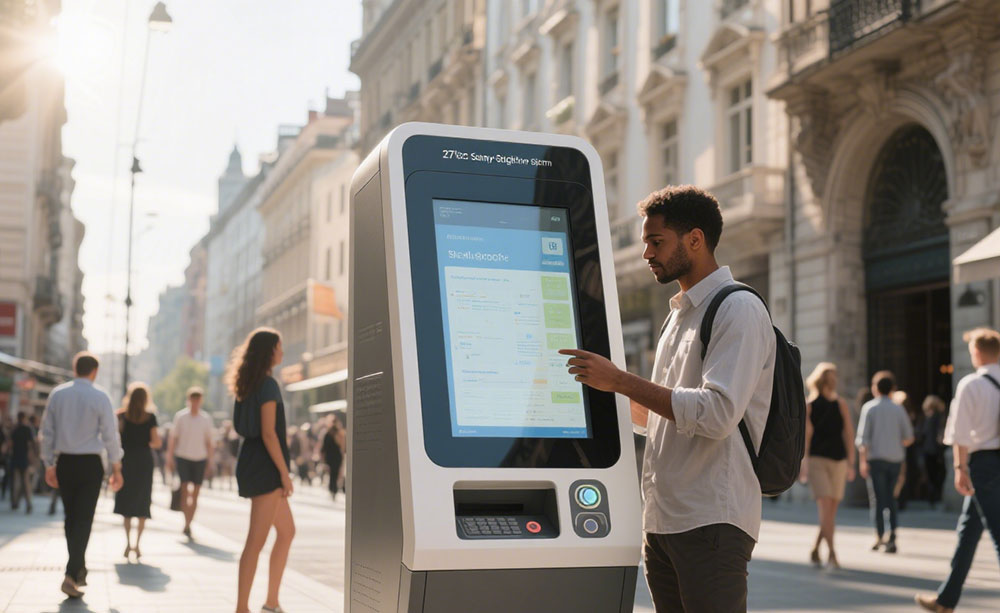In today’s demanding industrial and outdoor environments, visibility under direct sunlight is no longer a luxury—it’s a necessity. A 1200 nits brightness LCD display is now the industry benchmark for reliable performance in extreme lighting conditions. Whether it’s a construction site, transportation control room, or medical device interface, high-brightness LCDs exceeding 1200 nits ensure critical information remains visible even under harsh solar exposure.
The key to achieving this level of brightness lies in advanced backlighting technologies such as LED arrays with optimized optical films, high-efficiency drivers, and precision thermal management. Unlike standard displays (typically 300–500 nits), 1200 nits panels use multi-layered light guides and diffuse sheets that minimize light loss while maximizing luminance. According to the International Electrotechnical Commission (IEC) standards IEC 62379 and IEC 62478, sunlight-readable displays must maintain readability at 1000 nits minimum in full sun—making 1200 nits not just a specification, but a proven design requirement.

Real-world applications validate this approach. For example, in a case study from a major European railway operator, replacing 500-nit displays with 1200-nit models reduced operator errors by 62% during daytime operations. Similarly, military-grade ruggedized tablets used in field deployments have adopted 1200-nit screens to meet MIL-STD-810G environmental resilience standards, ensuring mission-critical data remains legible in desert heat or arctic cold.
From an engineering perspective, designing a 1200 nits display involves balancing power consumption, heat dissipation, and long-term reliability. Manufacturers like LG Display, Sharp, and BOE now offer panel-level solutions with integrated anti-glare coatings and wide viewing angles (up to 178°), further enhancing usability across diverse user positions. Additionally, these displays often support IPS or VA technologies for superior color accuracy—a crucial factor for medical imaging or digital signage where fidelity matters.
For system integrators, choosing a 1200 nits display isn’t just about brightness—it’s about total lifecycle cost. While higher brightness increases power draw slightly (typically 10–15% more than 500-nit counterparts), the reduction in maintenance, rework, and safety incidents far outweighs initial costs. In fact, a 2023 report by MarketsandMarkets estimates that the global high-brightness LCD market will grow at a CAGR of 8.7% through 2028, driven largely by demand from industrial automation, healthcare, and smart infrastructure sectors.
Ultimately, 1200 nits isn’t just a number—it’s a commitment to clarity, safety, and operational excellence. As sunlight-readable technology continues to evolve, 1200 nits remains the gold standard for professionals who refuse to compromise visibility under any condition.







